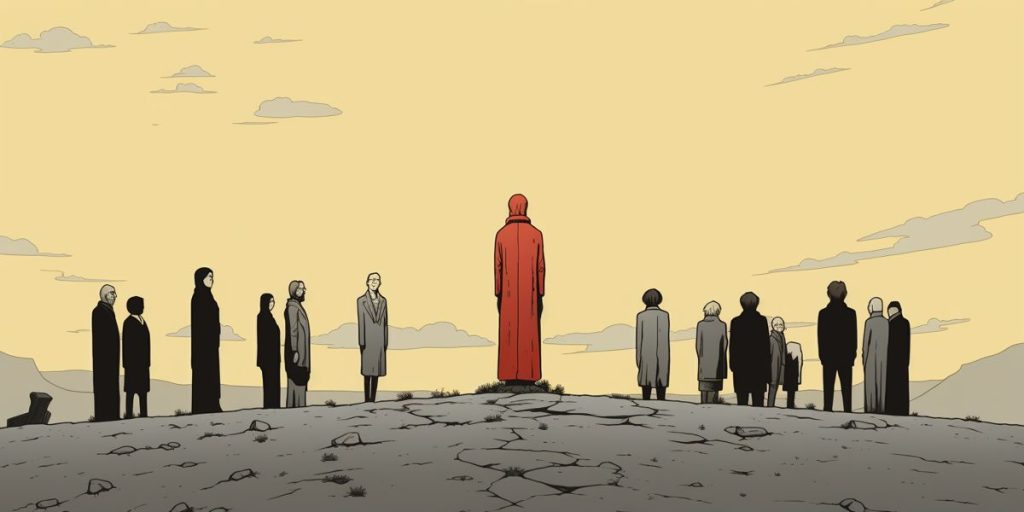Mustafa Mulla Huseyin’s burial ceremony is a significant event for his family and the community, as it provides closure after nearly six decades of searching. His remains, found in a well in Troulloi, Cyprus, will be laid to rest in the Canbulat Martyrs’ cemetery, highlighting the ongoing need for reconciliation and peace in the region.
What is the significance of Mustafa Mulla Huseyin’s burial ceremony?
Mustafa Mulla Huseyin’s burial ceremony marks a poignant moment of closure for his family and the community, symbolizing the tragic cost of the 1963 intercommunal conflicts in Cyprus. His remains, found after nearly six decades and identified through DNA testing, are to be interred, honoring his memory and underscoring the ongoing need for reconciliation and peace.
A Closure After Decades
In an emotional culmination to a quest spanning nearly six decades, the family of Mustafa Mulla Huseyin will finally lay him to rest this coming Friday. Huseyin, who vanished without a trace amidst the tumultuous intercommunal conflicts of 1963, was 27 at the time of his disappearance and a father of two. His journey on that fateful December 27, aimed at procuring fuel from Larnaca, became his last known whereabouts until recent findings by the Committee on Missing Persons (CMP).
Discovery and Identification
The CMP’s diligent efforts led to the discovery of Huseyin’s remains within a desolate well situated in the buffer zone village of Troulloi, located in the Larnaca district. Subsequent DNA testing confirmed his identity, paving the way for his remains to be respectfully interred. The Canbulat Martyrs’ cemetery in Famagusta has been selected as his final resting place, where the ceremony will take place at 10 am.
The Troubles of 1963
The island of Cyprus was engulfed in a wave of intercommunal violence beginning December 20, 1963, significantly altering the course of its history. The ensuing days saw the tragic loss of lives on both sides, with 136 Turkish Cypriots and 30 Greek Cypriots perishing amidst the chaos. Moreover, a staggering quarter of the Turkish Cypriot population, amounting to 25,000 individuals from 104 villages, were rendered homeless, displaced by the unfolding horrors. Mustafa Mulla Huseyin was but one of many whose fate remained unknown until now, symbolizing a painful chapter in the island’s past that is yet to fully heal.
The Ceremony
The burial service, scheduled for Friday, is expected to be a poignant event, marked by the attendance of family, friends, and members of the community who share in the collective memory of those lost. It stands not just as a personal moment of closure for Huseyin’s loved ones but also as a somber reminder of the cost of conflict and the enduring need for reconciliation and peace in regions torn by strife.
In remembering Huseyin, we recall the many who are still accounted for, whose stories lay dormant, waiting to be told. As the island continues to grapple with its divided legacy, such acts of remembrance serve as critical steps towards a more unified future.
Quick Recap
- Mustafa Mulla Huseyin’s burial ceremony provides closure after nearly six decades of searching, highlighting the need for reconciliation and peace.
- Huseyin’s remains were found in a well in Troulloi, Cyprus and will be laid to rest in the Canbulat Martyrs’ cemetery.
- The intercommunal conflicts in Cyprus in 1963 resulted in the tragic loss of lives and displacement of thousands of Turkish Cypriots.
- The burial service is expected to be a poignant event, attended by family, friends, and members of the community.
- Remembering Huseyin serves as a reminder of the many still missing and the ongoing need for unity.

